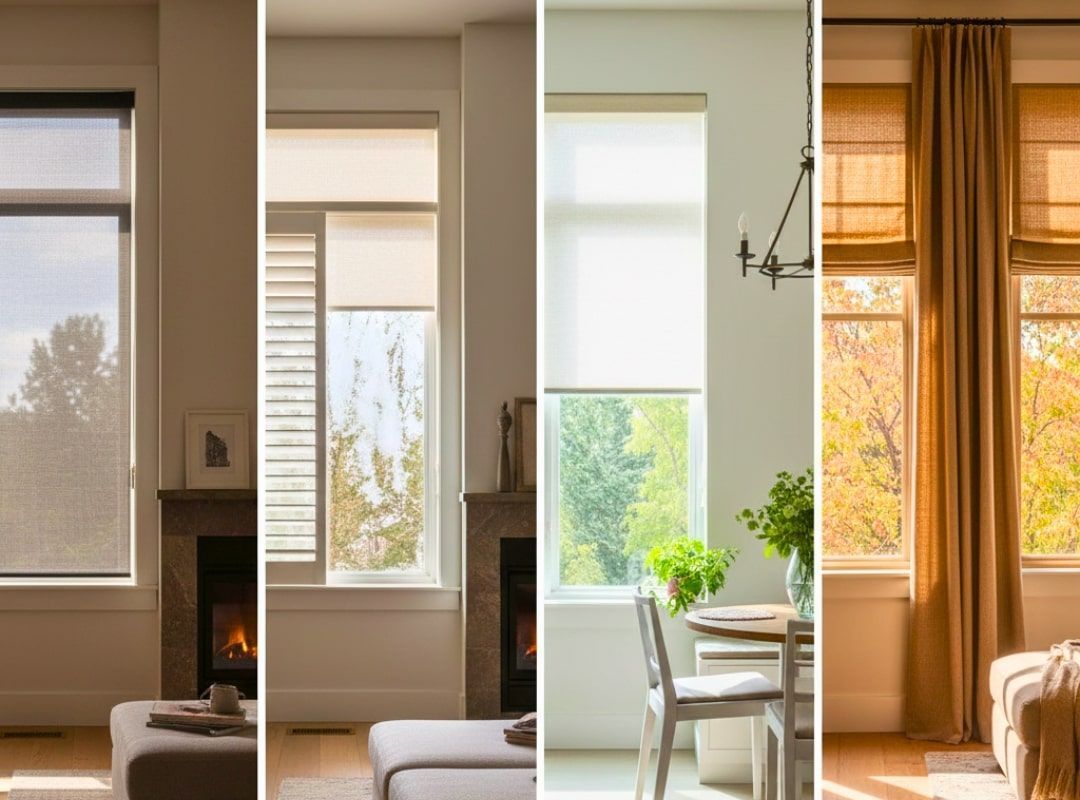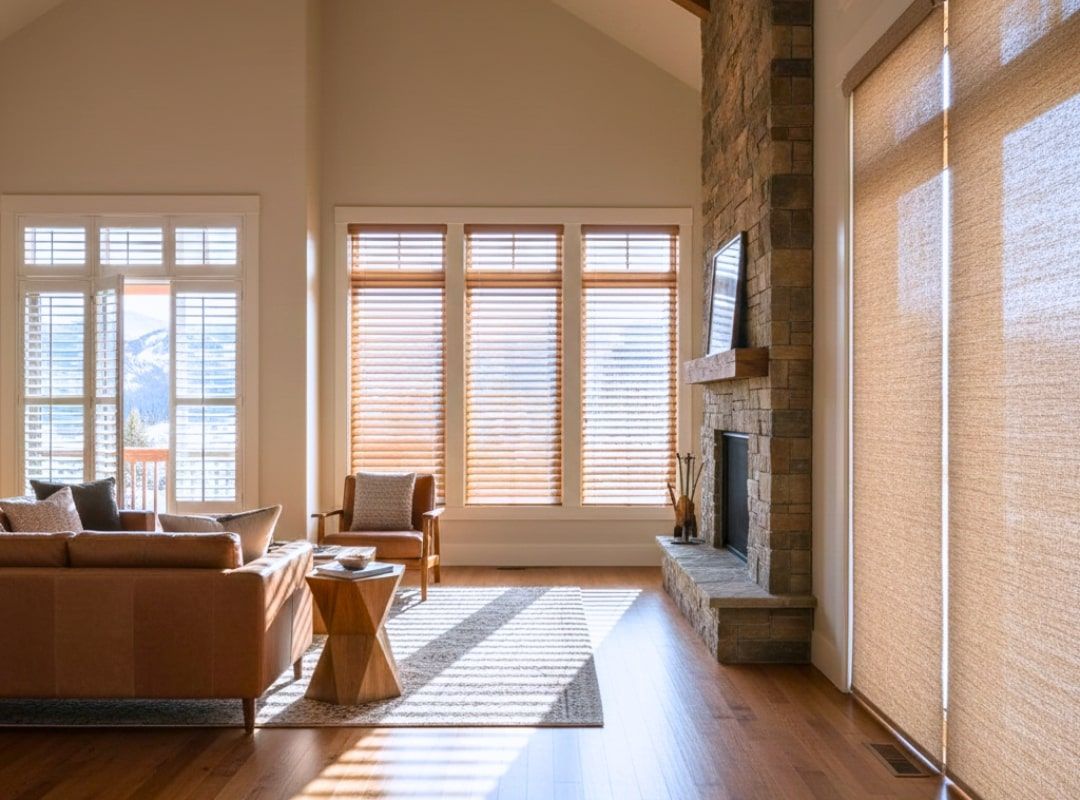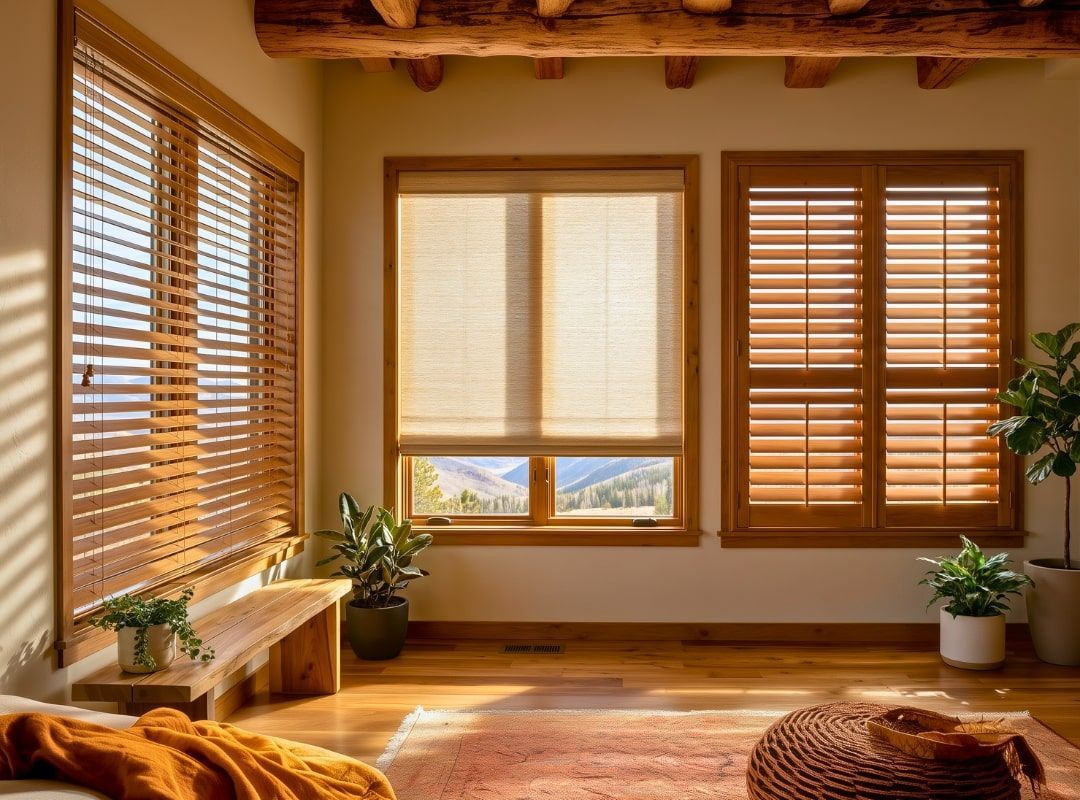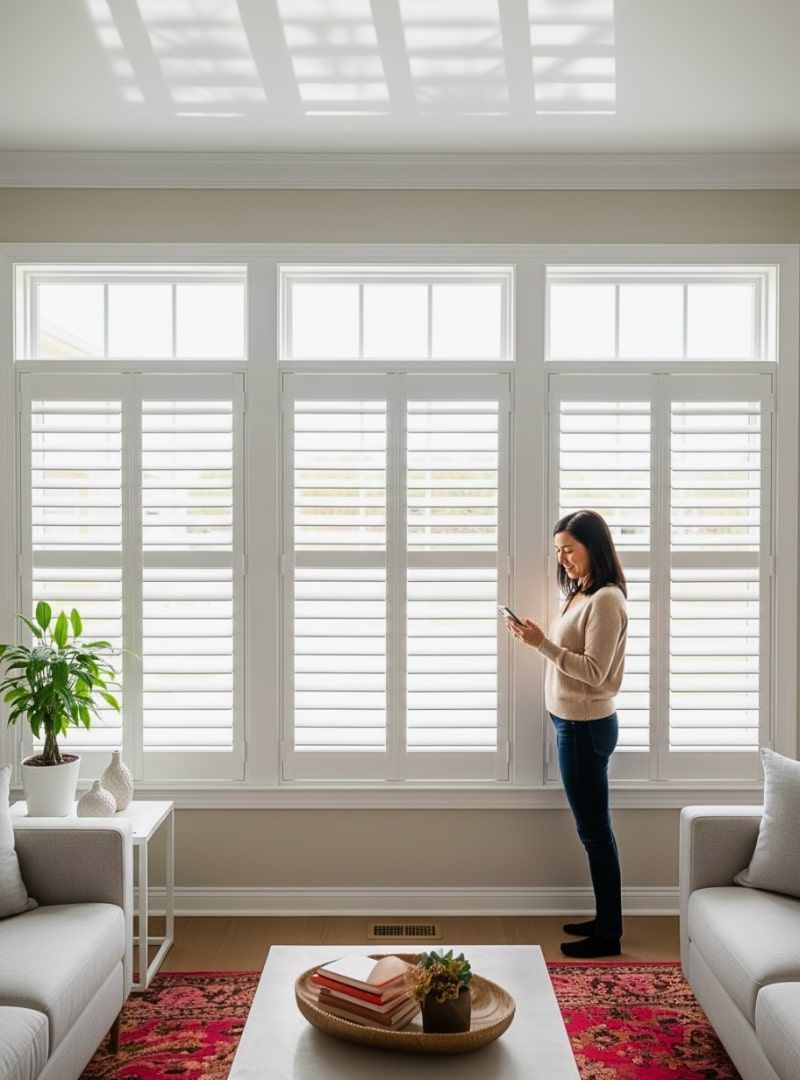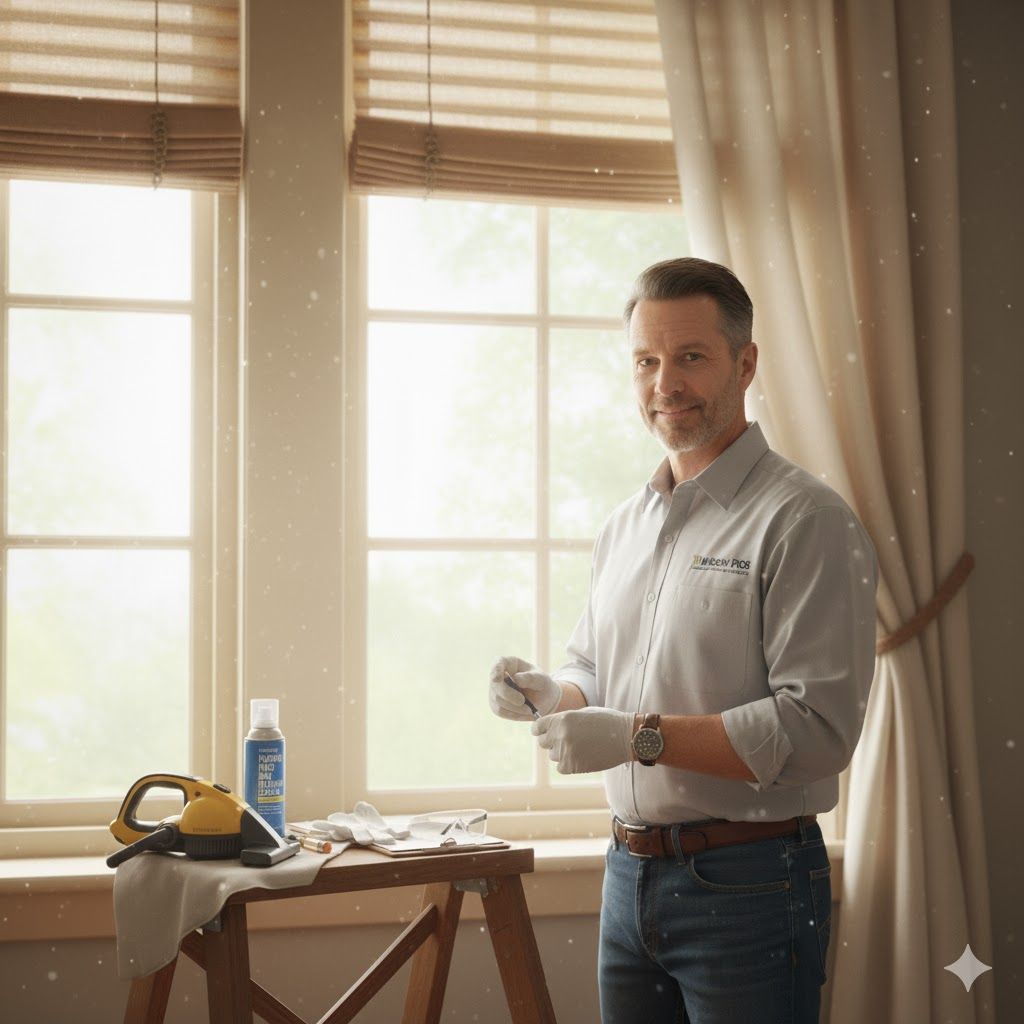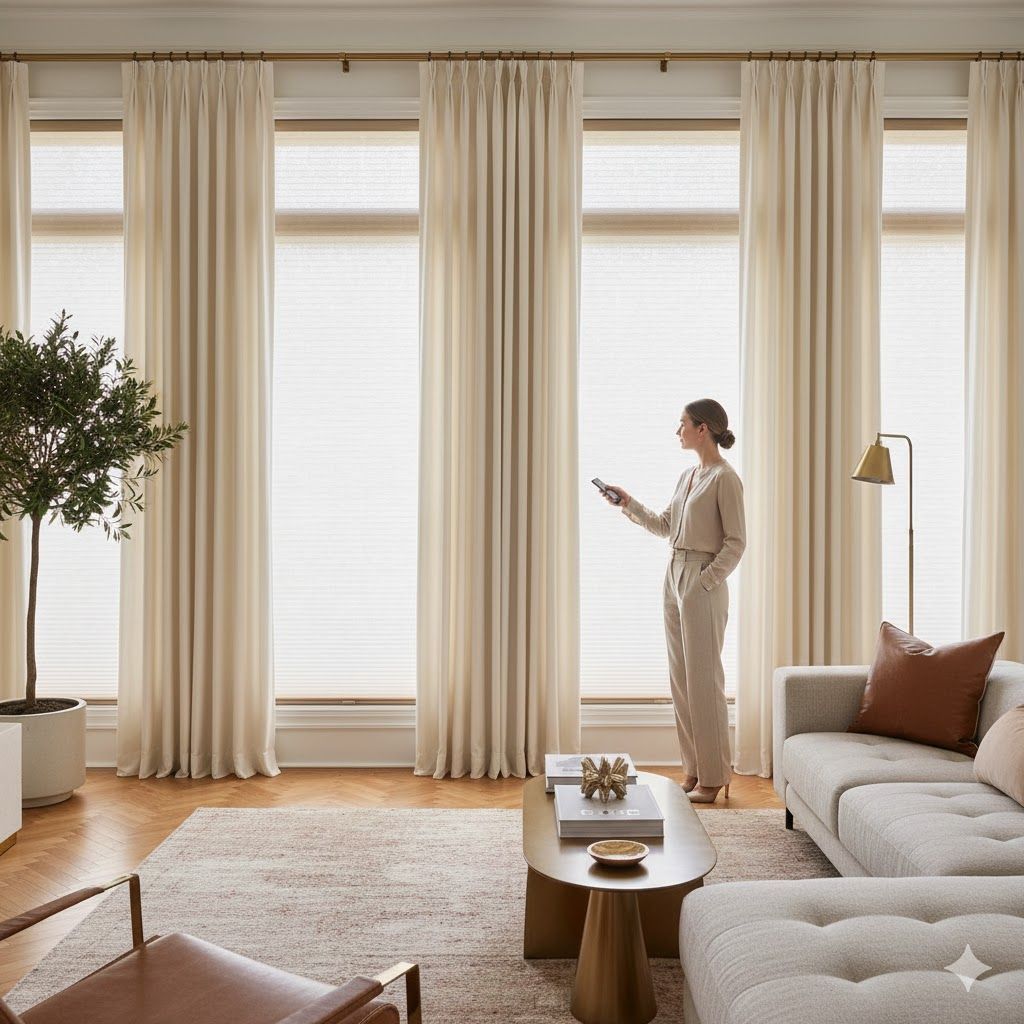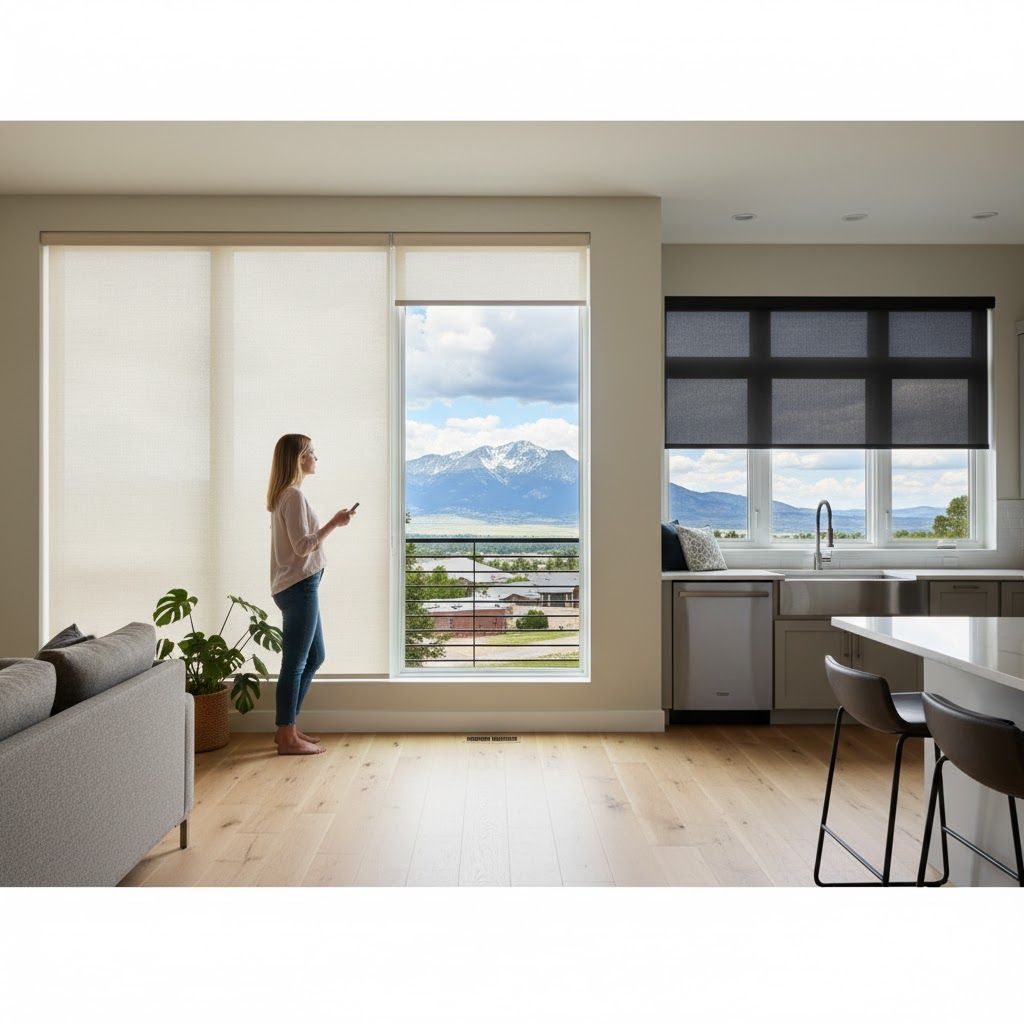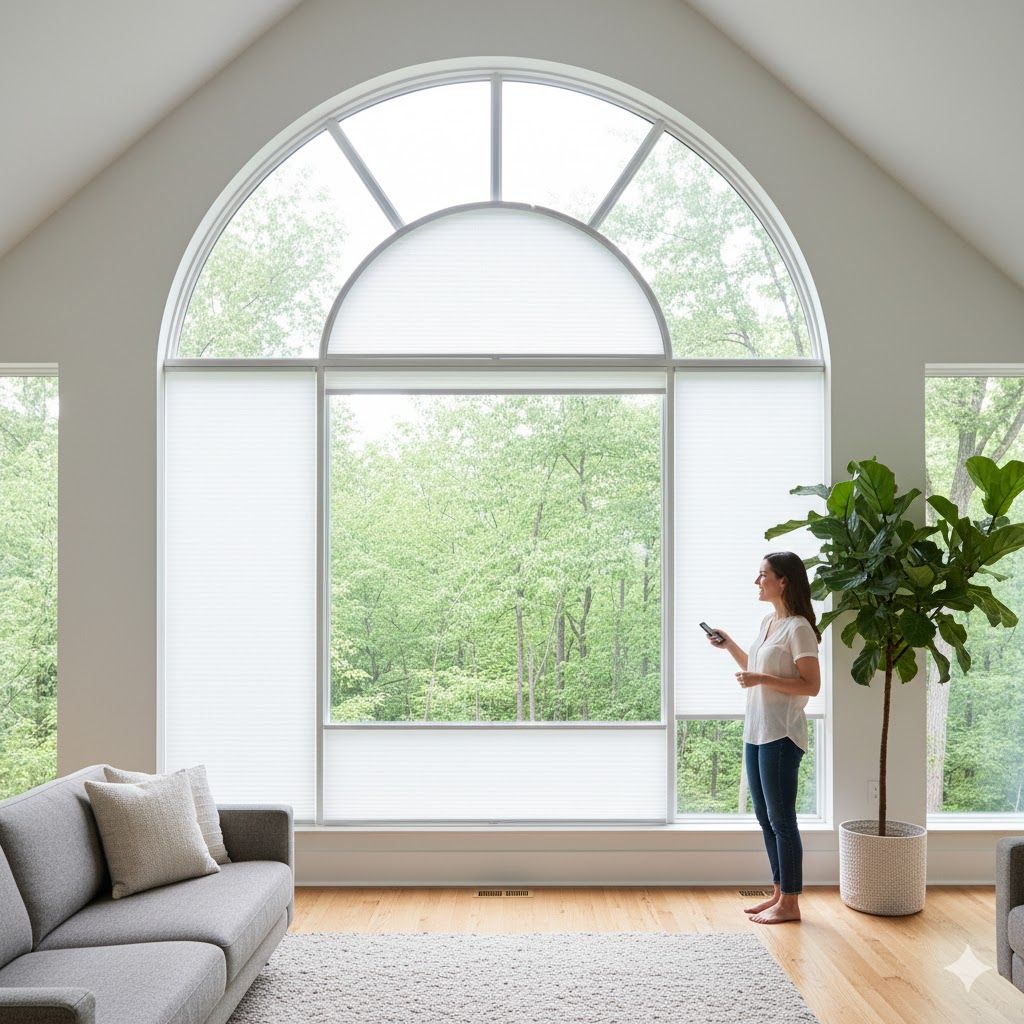Do Window Coverings Really Help With Drafts and Heat Loss?
TLDR;
Yes,
window coverings absolutely help with drafts and heat loss. When chosen and installed correctly, they create a thermal barrier that significantly improves insulation and energy efficiency, especially in colder climates like
Colorado.
Why Colorado Windows Leak Heat: A Closer Look
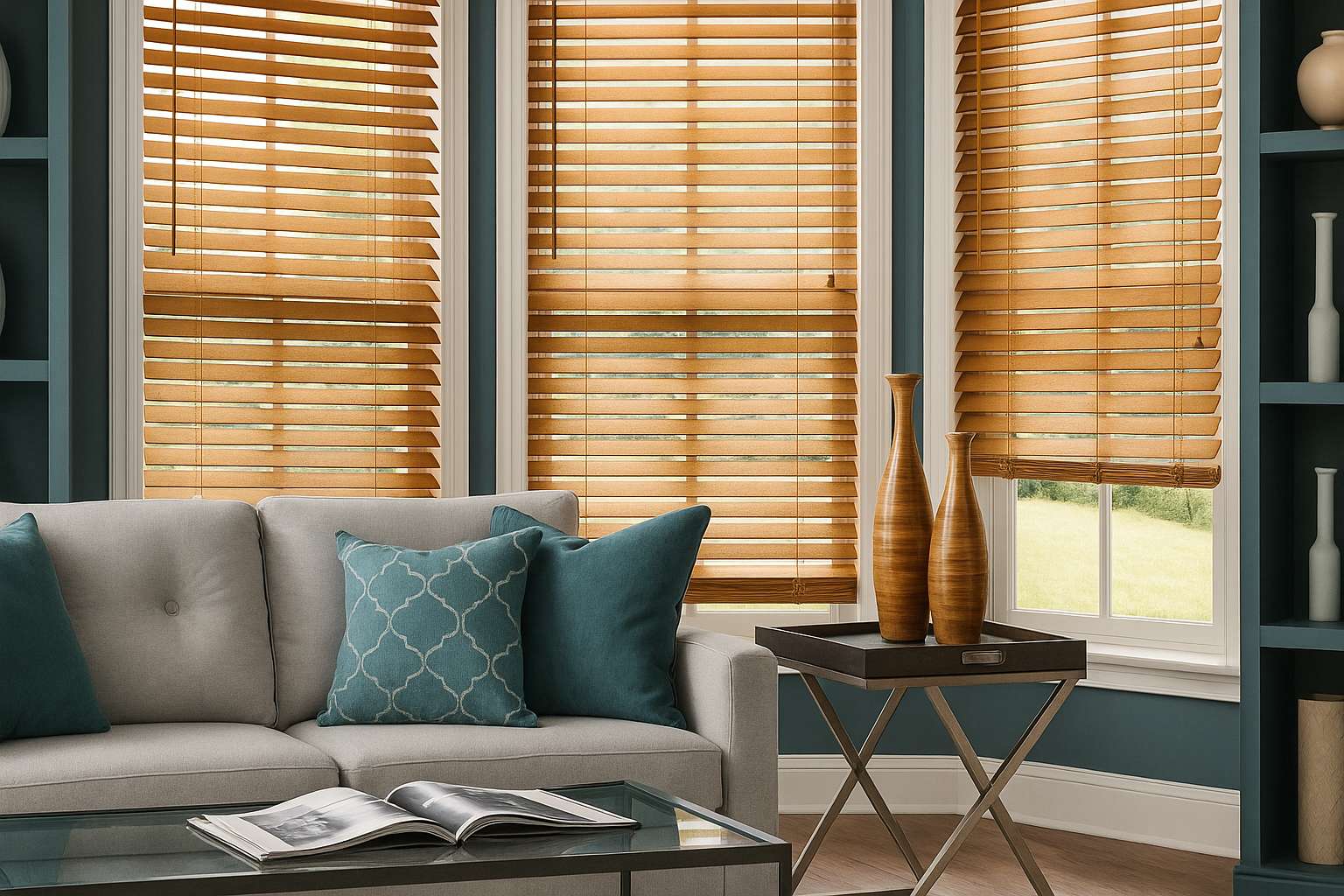
Colorado homes face sharp temperature drops, snowstorms, and dry winter air that makes insulation even more crucial.
Windows, especially older or single-pane ones, are common culprits for energy loss because of:
- Conduction – Heat escapes through the glass.
- Convection – Cold air infiltrates through gaps and displaces warm air.
- Radiation – Warm air radiates out through window surfaces.
- Air Leakage – Small cracks around frames allow cold drafts in.
Many Colorado homes have beautiful views—but large, bare windows can bleed heat, even with good HVAC systems. That’s where quality window coverings come in.
How Window Coverings Work as Insulators
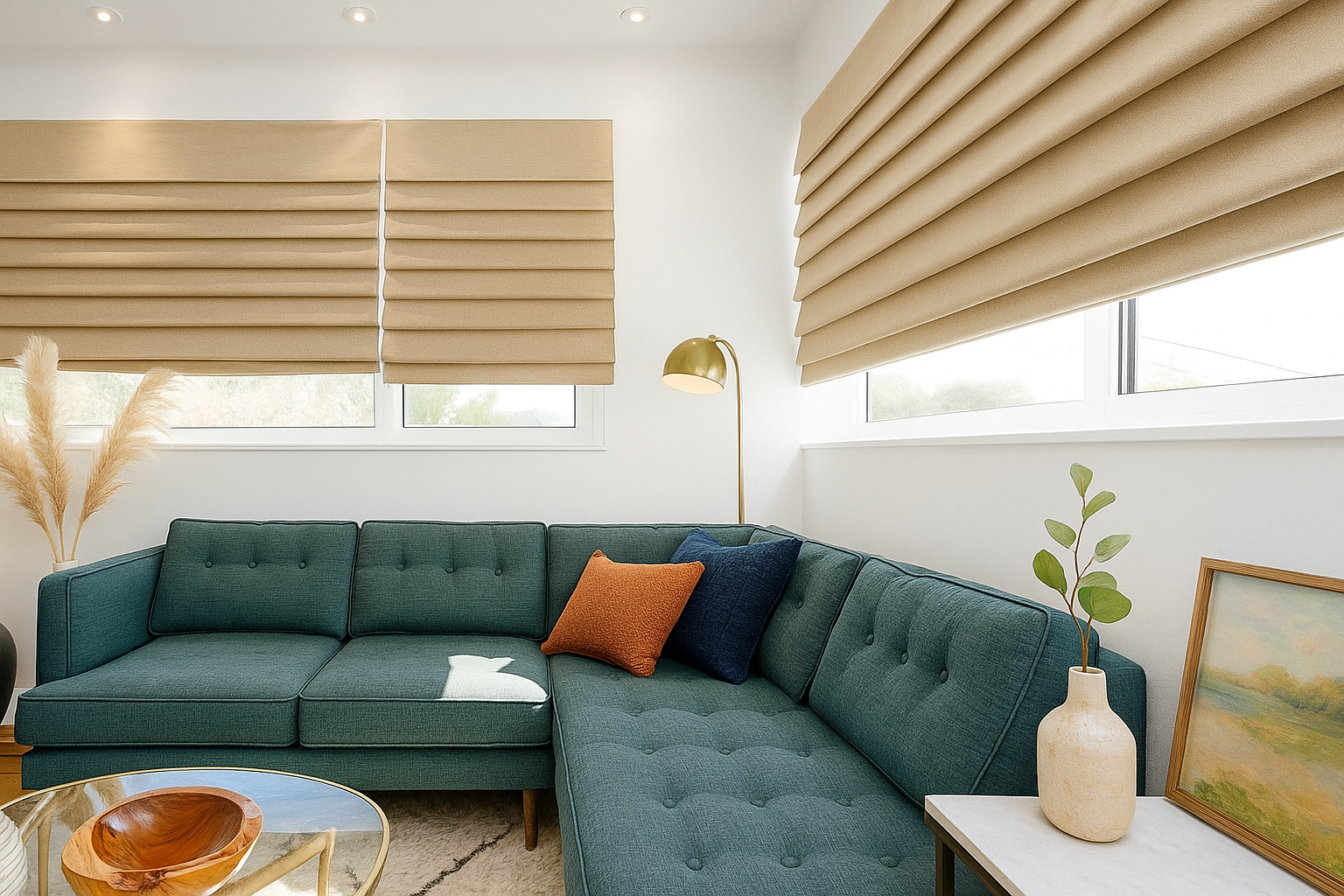
Window coverings are more than just decorative—they serve as a crucial layer of insulation between the warm indoor air and the frigid Colorado winter. In particular, blinds designed for energy efficiency can make a measurable difference. Homeowners looking to prevent heat loss with blinds will benefit most from models like cellular shades, which trap air in honeycomb pockets, or tightly fitted smart blinds that respond to changing temperatures and sunlight. These solutions help reduce drafts and retain warmth where it matters most.
Insulation: R-Value and Thermal Efficiency
- R-value measures thermal resistance. The higher the R-value, the better the material resists heat flow.
- Cellular (honeycomb) shades offer the highest R-values among standard window coverings.
- Thermal curtains use thick fabrics and layered linings to trap heat.
- Shutters (especially solid wood or composite) can block drafts and insulate effectively.
Tight Fit = No Drafts
Installation matters just as much as material. Draft reduction requires:
- Inside-mounted shades or blinds that fit snugly within the window frame.
- Overlap-mounted curtains that extend beyond the window edges.
- Weather-stripping or magnetic seals to block air seepage around edges.
Reflective Layers for Radiant Heat Control
Reflective or lined materials control radiant heat transfer. For example:
- Thermal curtains with a white or foil-like backing reflect heat back into the room.
- Dual-purpose coverings can reflect summer sun and trap winter warmth.
Comparing Window Coverings for Heat Loss & Drafts
| Window Covering | R-Value Range | Cost Estimate | Installation Difficulty | Effective Against Drafts | Available in Colorado |
|---|---|---|---|---|---|
| Cellular Shades (Double/Triple Cell) | 3.5–5.0 | $$–$$$ | Moderate | Very High | Yes |
| Thermal Curtains | 2.0–3.0 | $$ | Easy | High | Yes |
| Plantation Shutters | 2.5–4.0 | $$$$ | Hard | Very High | Yes |
| Plastic Film Kits | ~1.5 | $ | Easy (DIY) | Medium | Yes |
| Smart Shades | 3.0–4.5 | $$$ | Moderate–Hard | High | Yes |
| Exterior Shutters/Awnings | N/A | $$$$ | Professional | Medium–High | Limited |
Short-Term vs Long-Term Strategies
You don’t need a full remodel to improve insulation. Here's a breakdown of easy fixes and bigger investments:
Short-Term (Low-Tech, DIY Friendly)
- Window insulation film kits
- Draft stoppers/snake rolls
- Heavy curtains from big-box stores
- Tension rods for temporary layering
Long-Term (High Impact, Greater ROI)
- Custom cellular shades or shutters from local experts like Love Is Blinds CO
- Smart shades with automated schedules
- Professional sealing and weatherproofing
- Double-layered drapery with thermal backing
Combining short- and long-term solutions often gives the best results.
Smart Tech: The Future of Window Efficiency
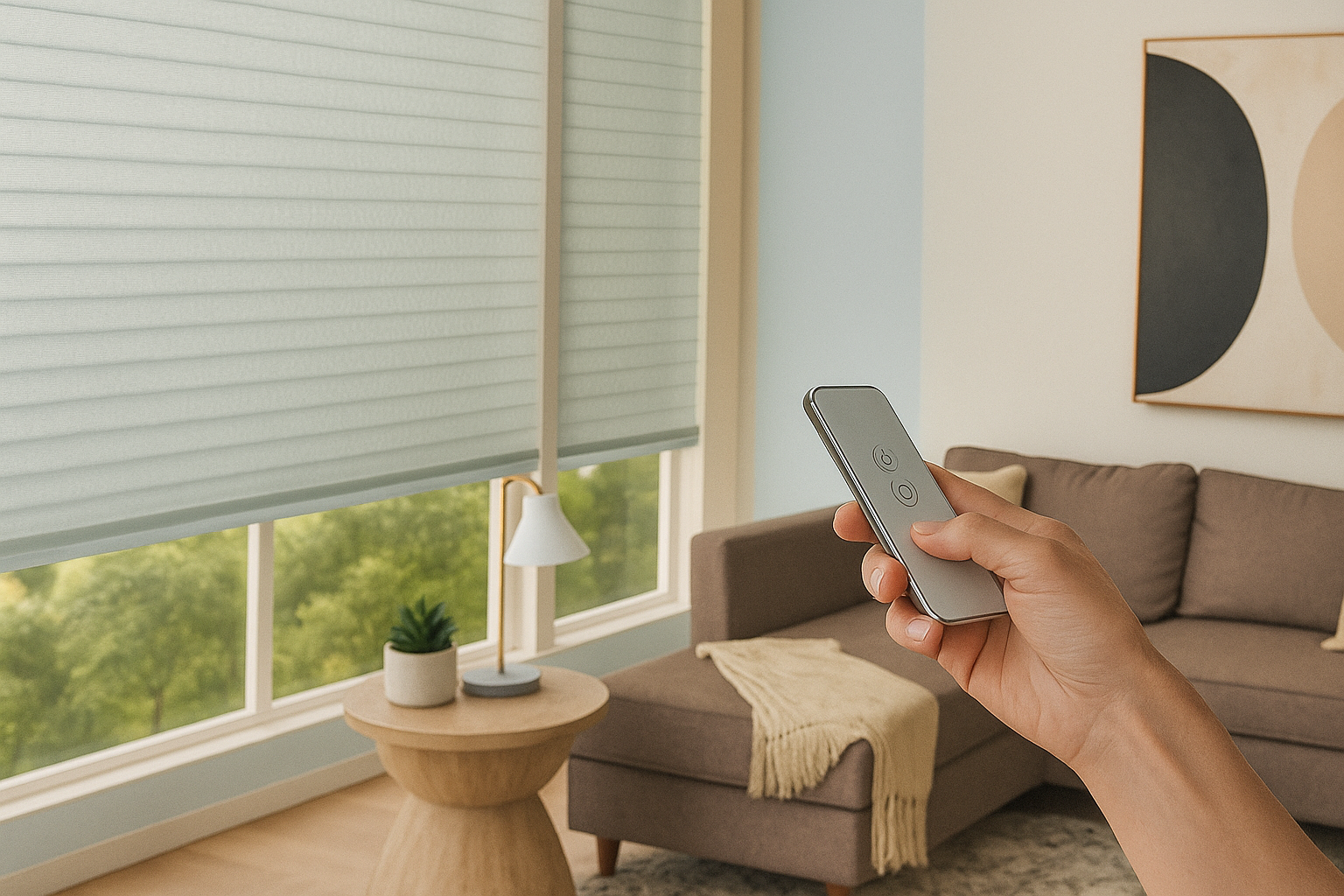
Smart shades and blinds aren’t just about convenience—they also enhance energy performance.
Features include:
- Sun sensors that open shades on cold mornings and close them at night
- Automated schedules synced to sunrise/sunset
- Remote control access from your phone or smart home system
- Integration with Nest, Alexa, Google Home for seasonal efficiency
These systems learn your patterns and weather conditions, reducing heating or cooling waste.
Choosing the Right Coverings for Your Home in Colorado
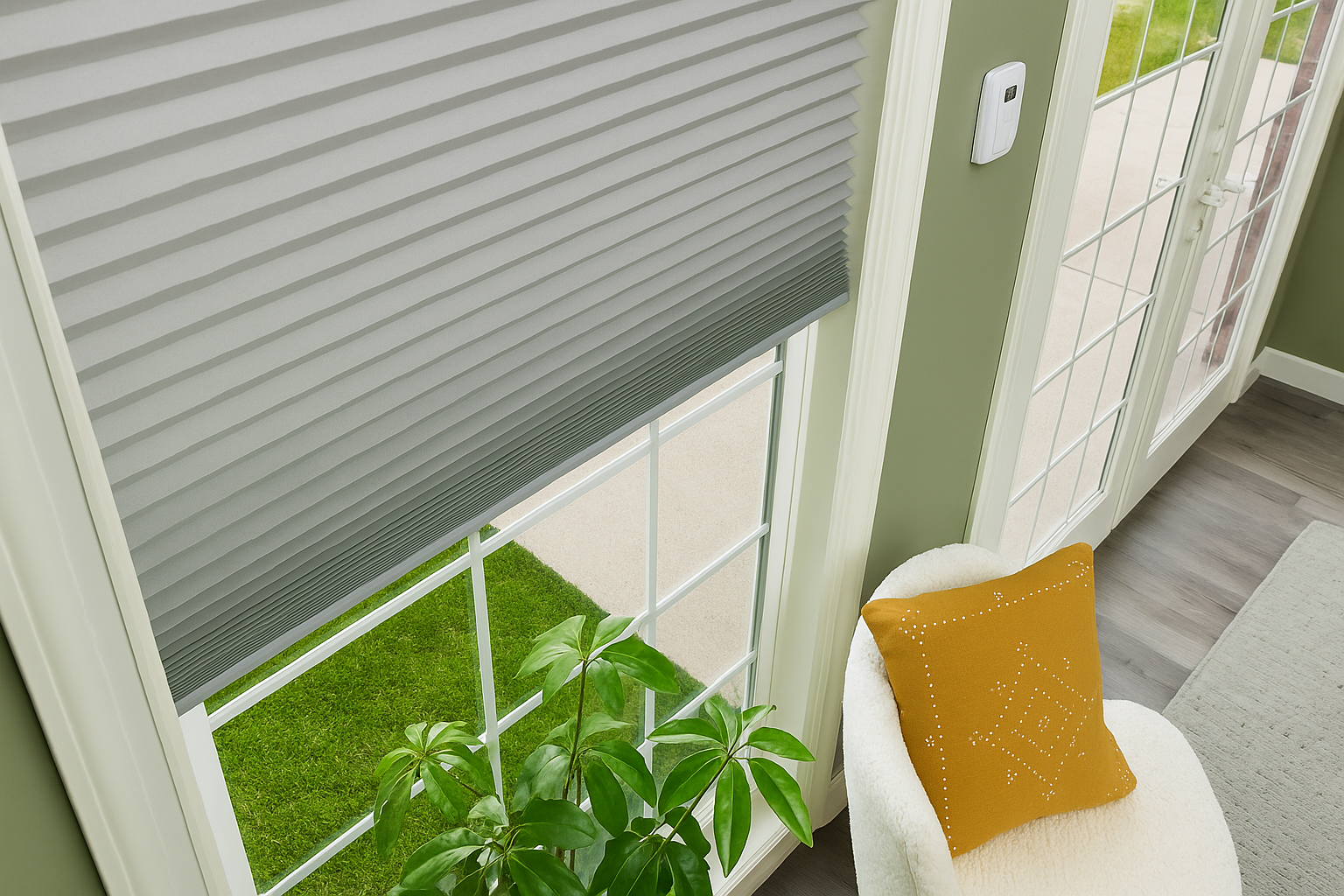
When selecting energy-efficient window treatments, consider:
- Your window size and direction (north-facing needs more insulation)
- Frame style (deep sills can allow tighter inside mounts)
- Budget (short-term vs long-term payoff)
- Aesthetic preferences (shutters vs soft treatments)
Installation Tips:
- Mount inside the frame for the tightest fit and draft control
- Seal gaps with foam or magnetic strips
- Layer treatments—e.g., pair honeycomb shades with thermal drapes
Local companies like
Love Is Blinds CO specialize in window coverings tailored to Colorado’s climate and can help guide your selection for maximum thermal benefit.

